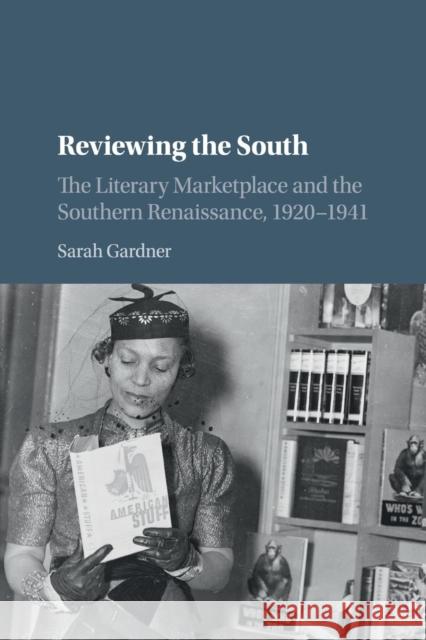Reviewing the South: The Literary Marketplace and the Southern Renaissance, 1920-1941 » książka
topmenu
Reviewing the South: The Literary Marketplace and the Southern Renaissance, 1920-1941
ISBN-13: 9781316602379 / Angielski / Miękka / 2019 / 330 str.
Reviewing the South: The Literary Marketplace and the Southern Renaissance, 1920-1941
ISBN-13: 9781316602379 / Angielski / Miękka / 2019 / 330 str.
cena 154,48
(netto: 147,12 VAT: 5%)
Najniższa cena z 30 dni: 125,88
(netto: 147,12 VAT: 5%)
Najniższa cena z 30 dni: 125,88
Termin realizacji zamówienia:
ok. 22 dni roboczych.
ok. 22 dni roboczych.
Darmowa dostawa!
An examination of the literary marketplace's central role in creating the Southern Literary Renaissance.











